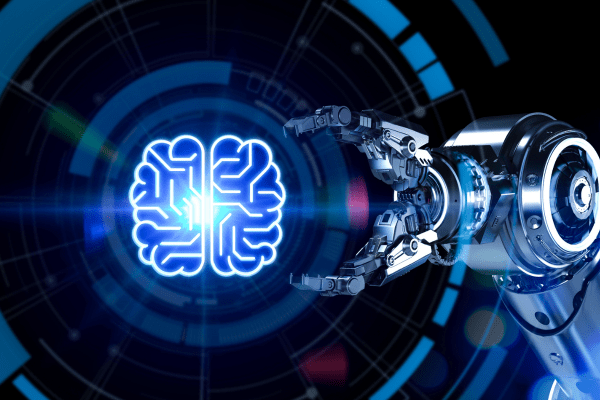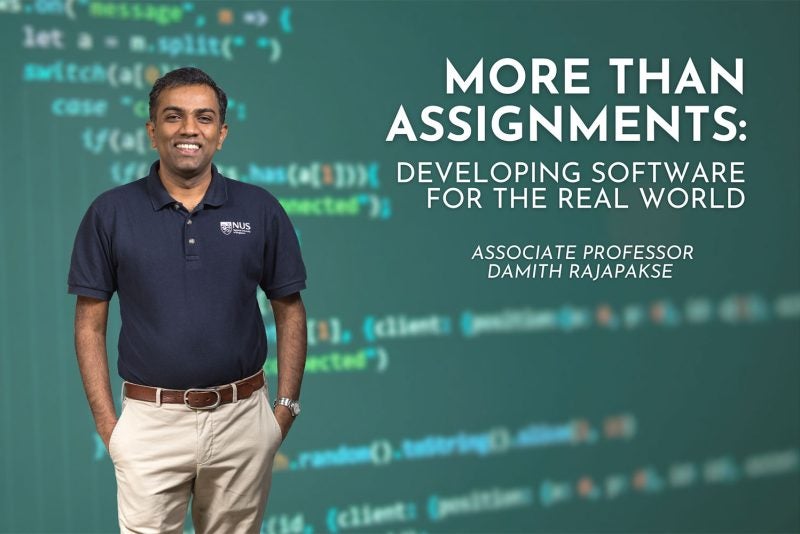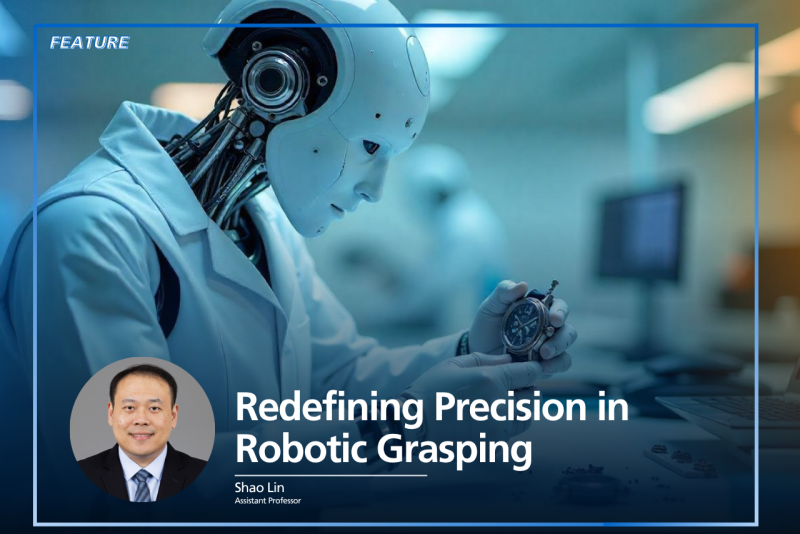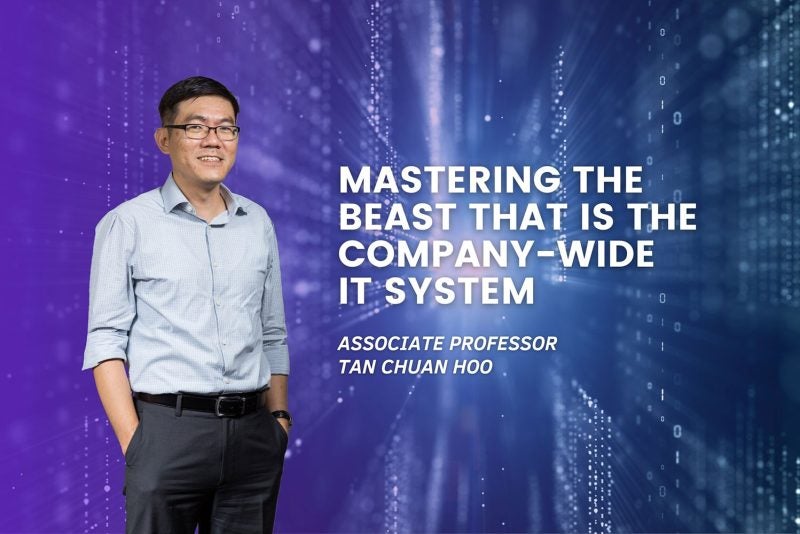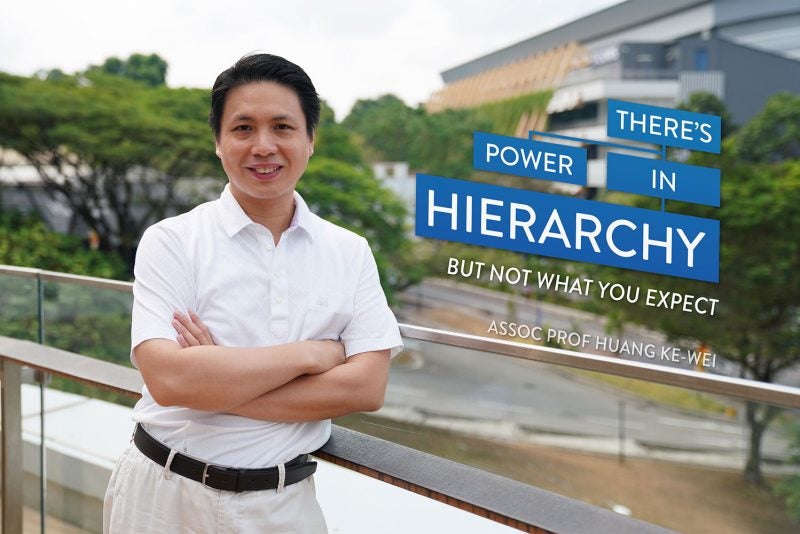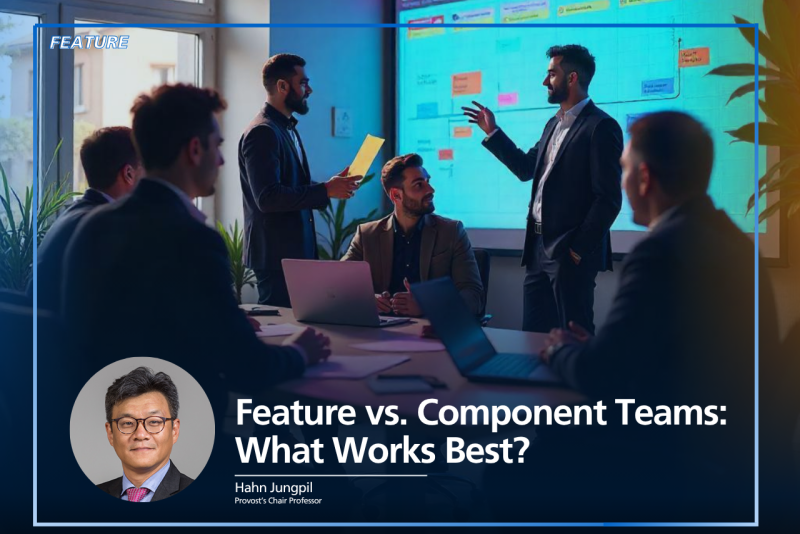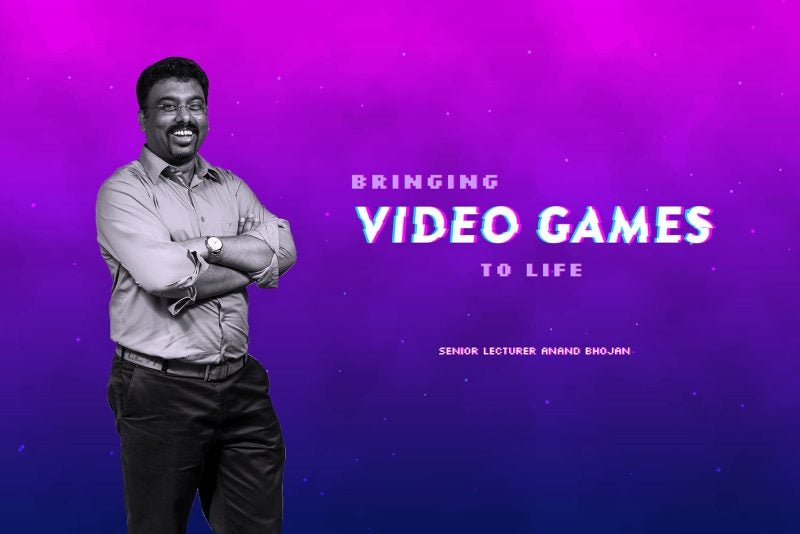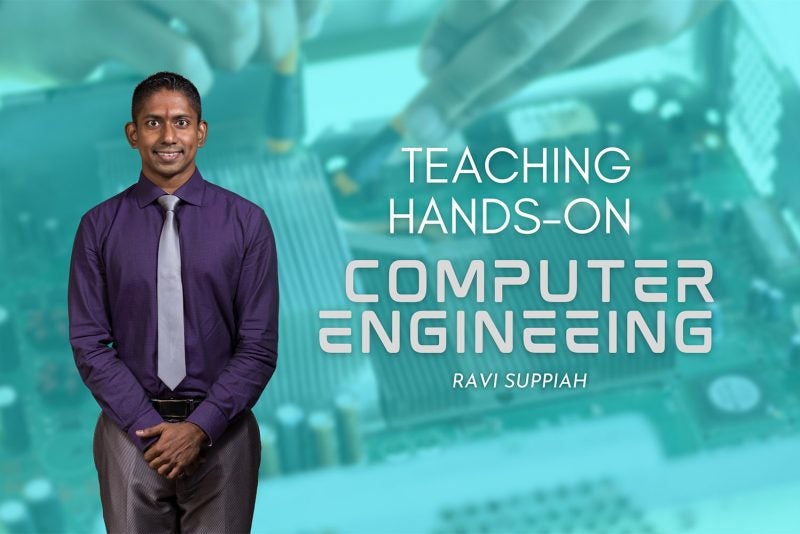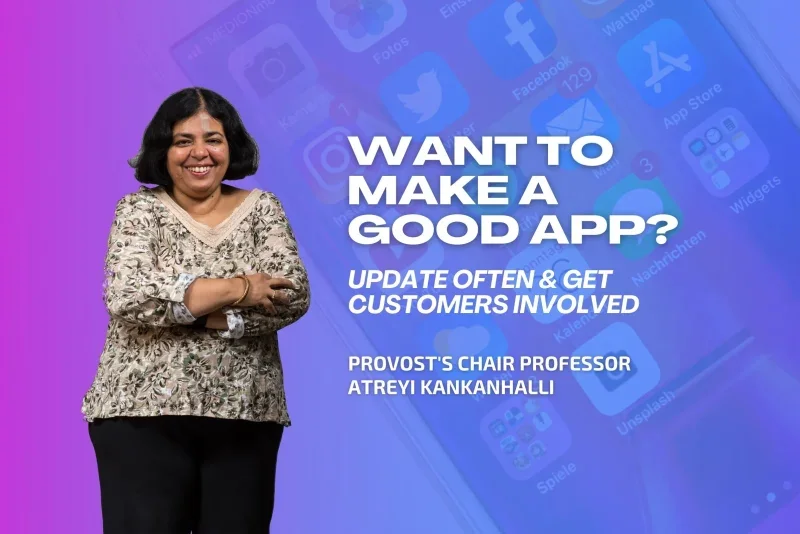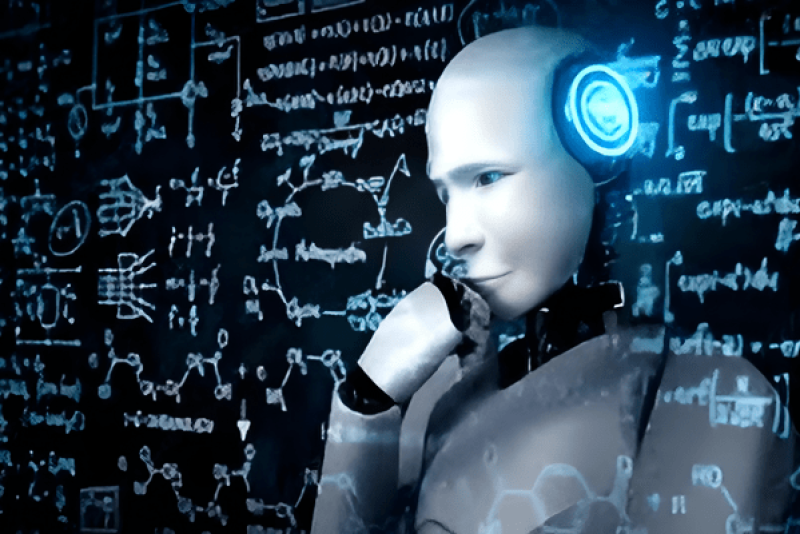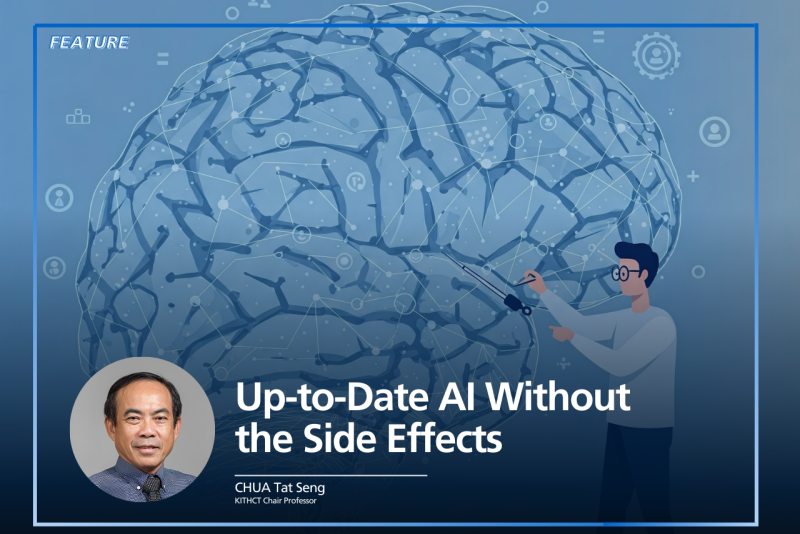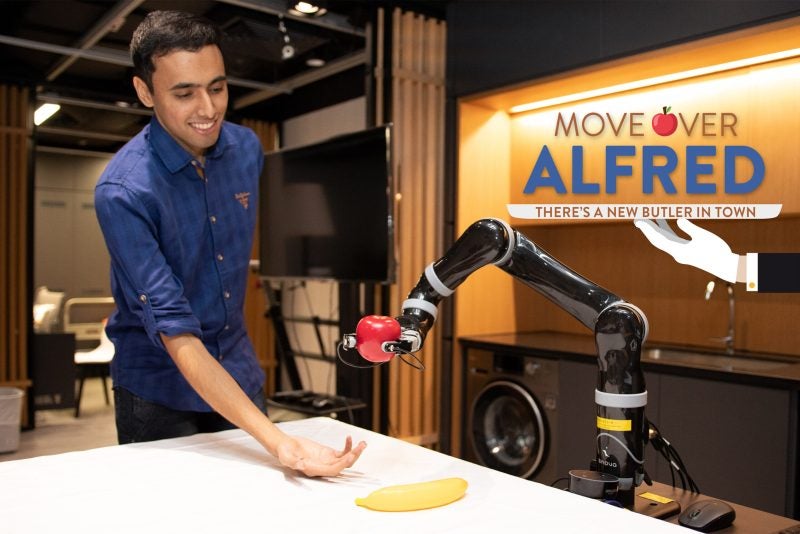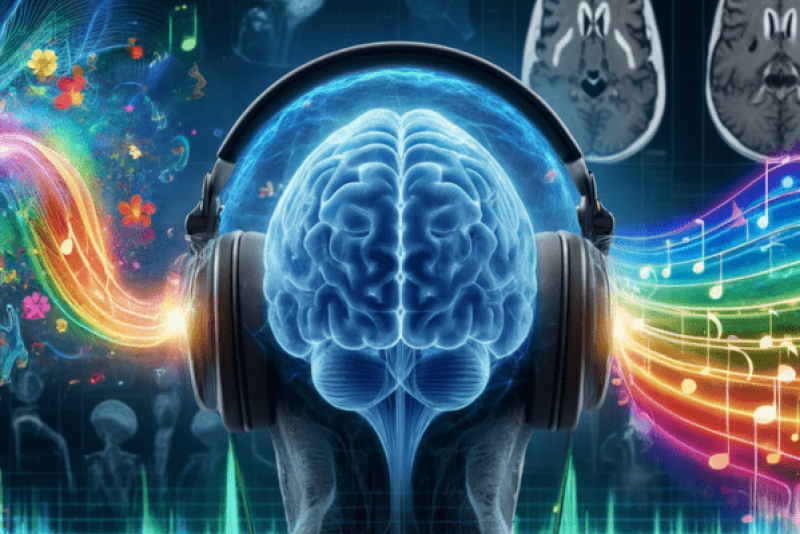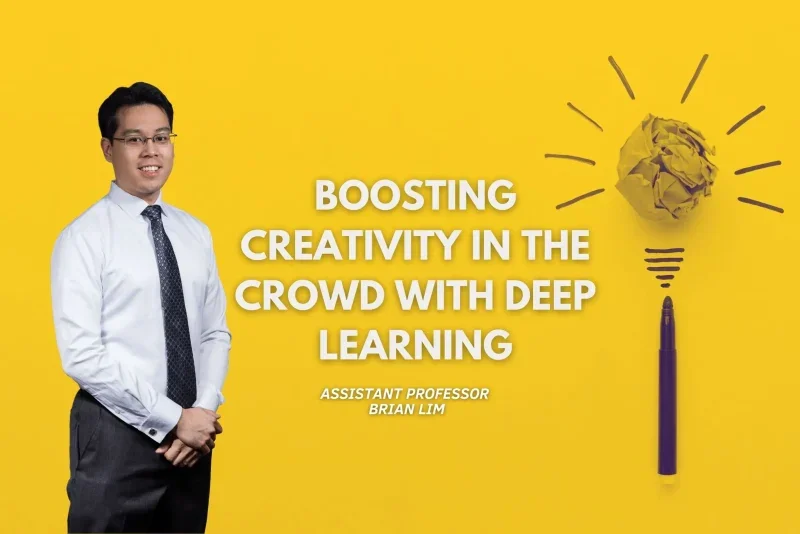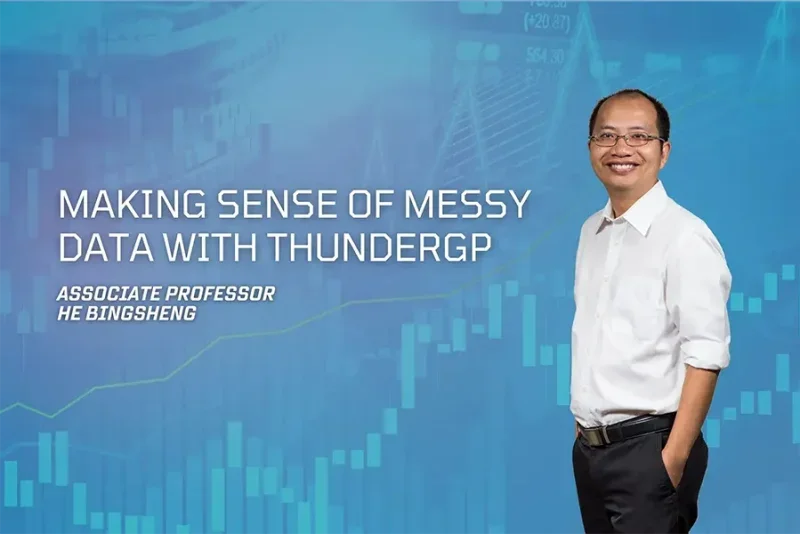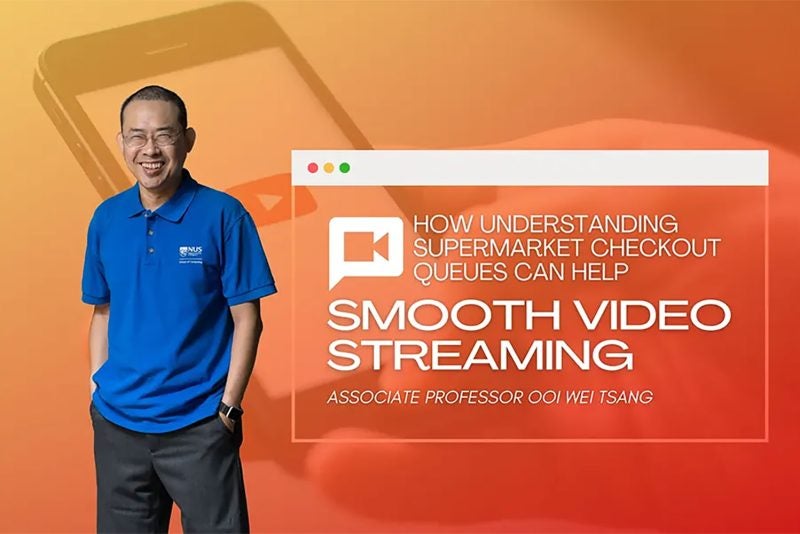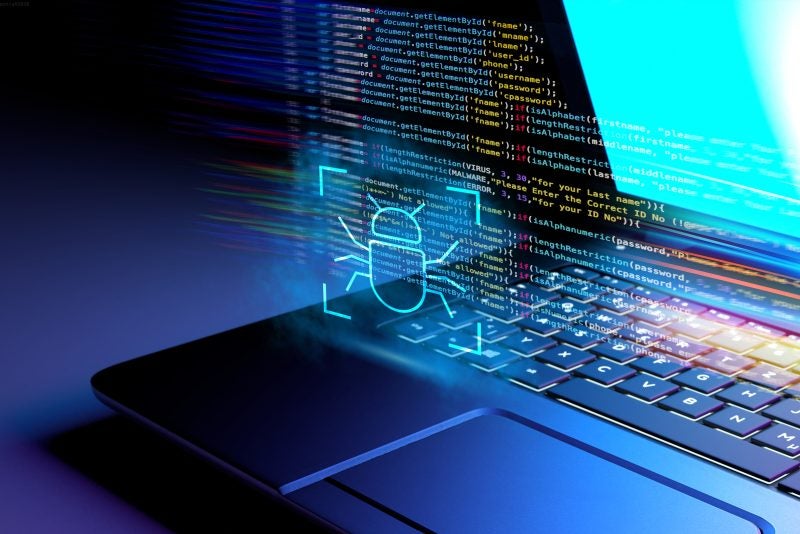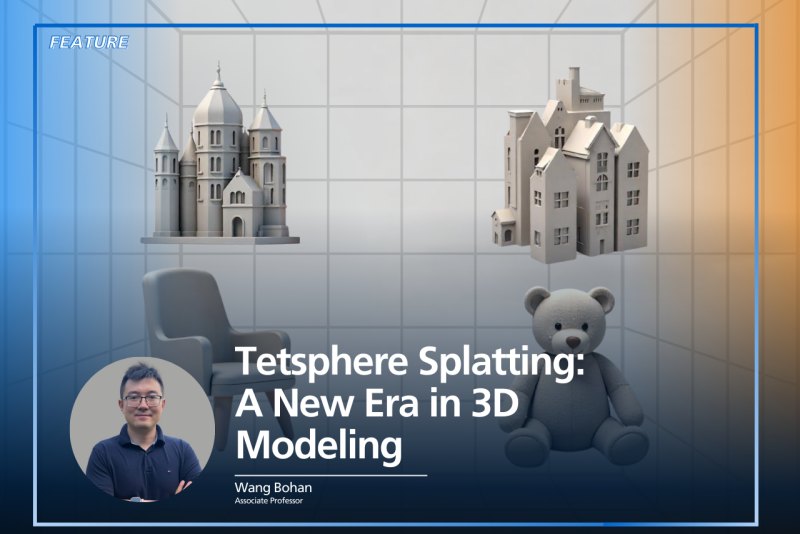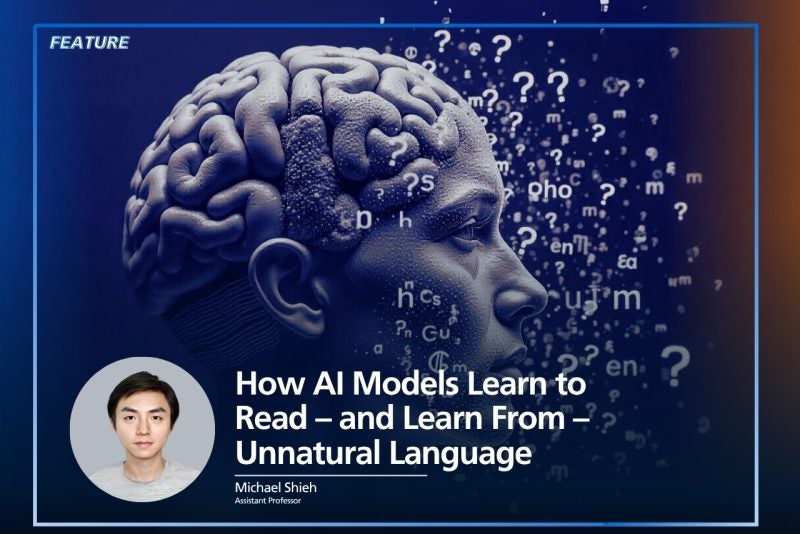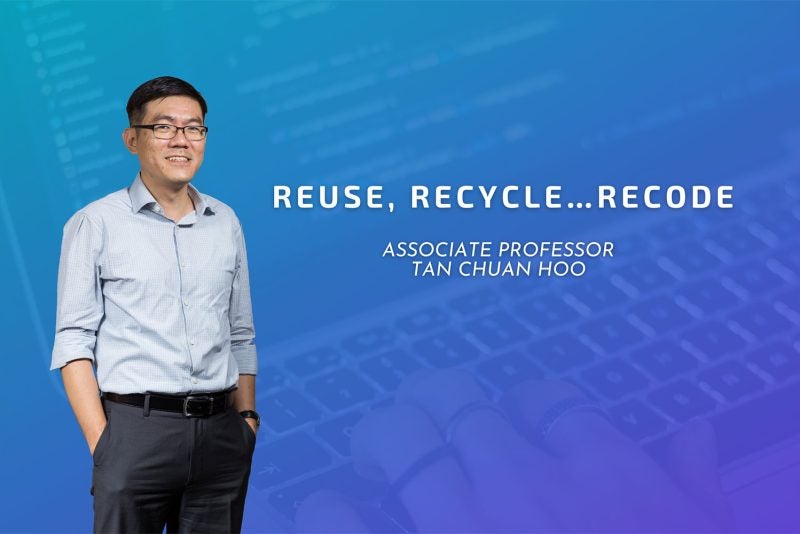Unlocking the Future of Learning: Robots as Your Personal Coaches
Imagine a world where robots don’t just assist with daily tasks but actively help you learn new skills. We’re talking about robots that can guide, coach, and even tailor their teaching methods to suit your learning style. That might sound like something out of a science fiction movie, but it’s becoming a reality, thanks to cutting-edge research in robotics and artificial intelligence (AI) by Professor David Hsu.
At the heart of this futuristic concept is a powerful tool called the POMDP, short for Partially Observable Markov Decision Process. While the name might sound technical, it’s really quite intuitive. Picture playing a game of chess where you can only see part of the board. Every move you make is based on incomplete information, and any decision could lead to an unexpected outcome. That’s the essence of a POMDP, and it’s the key to how these teaching robots operate.
Introducing COACH: Robots That Teach
Professor Hsu and his team have developed a framework called COACH, which stands for Cooperative Robot Teaching. It’s designed to turn tasks that usually require two people, like moving a heavy table, into learning opportunities. COACH isn’t just about doing the job; it’s about teaching humans to do the job better. Using POMDPs, COACH can figure out which actions will help its human partner learn the most efficient way to cooperate.
Think of it like dancing with a really skilled partner — someone who can anticipate your next move and guide you without being too overbearing. This is the kind of subtlety that COACH brings to teaching. It’s not about taking over but about helping you discover the best way to accomplish a task.
The Science Behind Robot Teaching
Teaching a human is no easy task, and COACH takes a highly sophisticated approach. One method it uses is called sub-skill decomposition. Essentially, this involves breaking down complex tasks into smaller, manageable steps. For example, if you were learning to bake a cake, the robot wouldn’t just tell you to “bake a cake.” Instead, it would guide you through the individual steps—measuring flour, mixing batter, preheating the oven—so that the process feels less overwhelming.
But how does COACH know which sub-skills you need help with? That’s where Item Response Theory (IRT) comes in. Borrowed from the field of education, IRT allows the robot to assess your skill level based on your performance. The robot is constantly observing and evaluating, adjusting its teaching to focus on the areas where you need the most improvement.
And as you learn, your progress won’t always be a straight line. That’s why COACH also uses Wiener processes, a way to mathematically model how your skill level changes over time. Just like in real life, there are ups and downs, plateaus, and moments where everything suddenly clicks. This allows COACH to be more in tune with your learning journey.
Robots Teaching in the Real World
The idea of robots as teachers isn’t just theory — it’s already being tested in both simulations and real-world settings. One fascinating example is the use of COACH in a virtual game called Overcooked AI. In this chaotic, fast-paced cooking game, human players team up with robot chefs to prepare meals. COACH helps human players discover more efficient strategies they might not have thought of, like preparing ingredients assembly-line style rather than one at a time.
Another example comes from a physical game called the Cooperative Ball Maze, a game in which a human and a robot must work together to guide a ball through a maze by tilting the board. COACH not only helps with coordination but also adapts its teaching style to each player’s tendencies — whether they’re more inclined to lead or follow. This personalized approach makes the learning process more effective and engaging.
Challenges and the Road Ahead
Of course, there are still challenges to overcome. For simple tasks, it’s easy to break things down into sub-skills, but for more complex tasks, it becomes harder to choose the right steps to teach. And then there’s the question of whether a robot can still teach effectively if it’s learning, too. Designing a system where both the robot and the human are improving together is a fascinating challenge that researchers are actively exploring.
Another big hurdle is motivation. Learning something new can be tough, and it’s easy to get discouraged. Just as good human teachers know how to keep their students motivated, robot teachers will need to foster that same sense of encouragement. It’s about more than just transferring knowledge — it’s about creating a learning environment that keeps students engaged and inspired.
The Future of Learning
The potential for robots like COACH to revolutionise learning is immense. Imagine having a robot coach to help you master a new skill — whether it’s learning to cook, play an instrument, or tackle a complex project at work. These robots could provide personalised guidance, helping you learn more efficiently and effectively than ever before.
As this technology continues to evolve, it promises to reshape how we think about education and skill development. Instead of robots simply doing things for us, they’ll help us unlock our own potential, guiding us toward new achievements.
So, what would you want to learn with the help of a robot coach? The future is full of possibilities, and with robots by our side, there’s no limit to what we can achieve. Keep exploring, keep learning, and embrace the exciting future of education!

